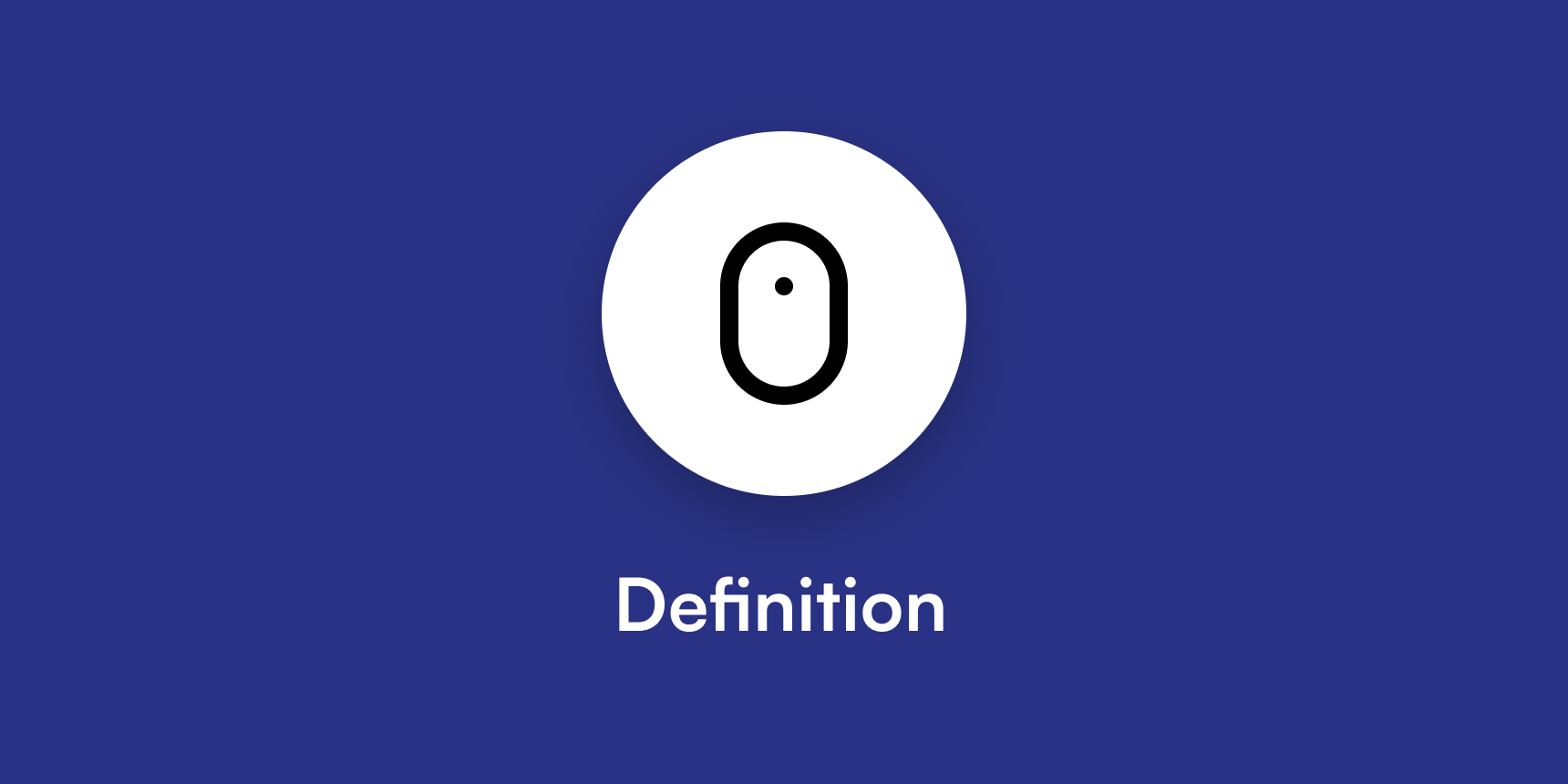
what to learn this time
- Learn what UI is.
- Learn the relationship between UX and UI.
- Learn what it takes to make a good UI.
UI user interface
We use our smartphones all day long. I use the computer for complex tasks that require concentration, and watch various programs by operating the TV with the remote control during rest. When we use smartphones, computers, and TVs, 'how' do we use them? It is the user interface that defines the 'how' this 'user' uses the tool.
Strictly speaking, UI (User Interface) is a system that helps users and computers interact, and means that users can check the results when they manipulate the system. It mainly uses graphics, that is, interfaces using visual elements. It allows the user to intuitively operate the functions necessary to operate the computer through visual elements such as pictures, icons, buttons, and menus using the mouse and keyboard.
As technology advances and users have multiple tools to choose from, how users use them also becomes important. In particular, the experience within a tool such as a smartphone that is used repeatedly for a long time affects the overall experience of the user, even a small UI experience of less than 1 second, so we design the interface based on principles.
UX user experience

What is the difference between UI and UX? You must have gotten tired of asking the question. UX user experience is the sum of the overall experience of a service or product. If you compare UX to a restaurant, users take their seats. > Drink water. > have a meal > go to the bathroom It can be seen as analyzing and designing an experience centered on the user's behavior in a restaurant.
UI means designing a medium that users perceive with their five senses in each experience. If you design an empty chair to see, users will sit down, and if you place a water cup, they will drink. If you see signs directing you to where the toilets are, you will be able to use them whenever you want.
UI type

Humans have developed while using tools, and naturally, new tools and tool usage have constantly changed. Unlike tools that can be easily learned by using, such as a tree branch or an axe, computers and smartphones are tools without physical substance and require more complex tool usage.
Primarily GUI graphical user interfaces are useful and more recently VUI voice user interfaces have emerged. With the advent of ChatGPT, the TUI text-based user interface began to be used, returning to the first computer use. As UIs evolve in a way that people don't have to learn tools, the term NUI Natural User Interface, where users use their bodies the way they are meant to, has even emerged.
- GUI: operating a smartphone with your fingers
- VUI: Giving commands using Siri on iPhone
- TUI: finding information by entering text into ChatGPT
- NUI: Say 'go to the library' and the car goes to the library on its own
What it takes to make a good UI

In the past, in order to make something good, you had to take a long time to learn the skills from your master. Through a process that is difficult for anyone to learn, once learned skills can be used for a lifetime.
However, as time goes by, technology advances so fast that the period over which an individual can learn and use a technology is getting shorter and shorter. Even in design, once you learn graphic tools, you can use them for almost a lifetime, but now new techniques and tools are pouring in.
What should we do to make a better UI? You can't keep up with everything that changes quickly. It will be our homework to select and apply among them. In order to make the right choice, you will have to distinguish between the changing and the unchanging and focus on the unchanging to create irreplaceable value.
In order to find out the essence, we must first understand the phenomenon. Currently, the most widely used UI is a GUI graphic user interface using a mobile smartphone. Based on designing mobile experiences that we are familiar with, let's look at the essence of UI that will not change over time.
First, learn about the most important graphic design in handling mobile GUIs. We look at the characteristics of different elements that we identify with our eyes, such as colors, letters, icons, and writing.
Second, learn composition that combines or transforms various visual elements on a virtual screen. Learn about the layers that become materials, movement over time, and layouts to place.
Third, we will learn about the most important property of an interface: interaction. Interaction does not simply mean flashy motion. Learn about information structures, inputs and outputs, and components that are essential to designing the relationship between information and users.